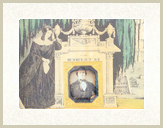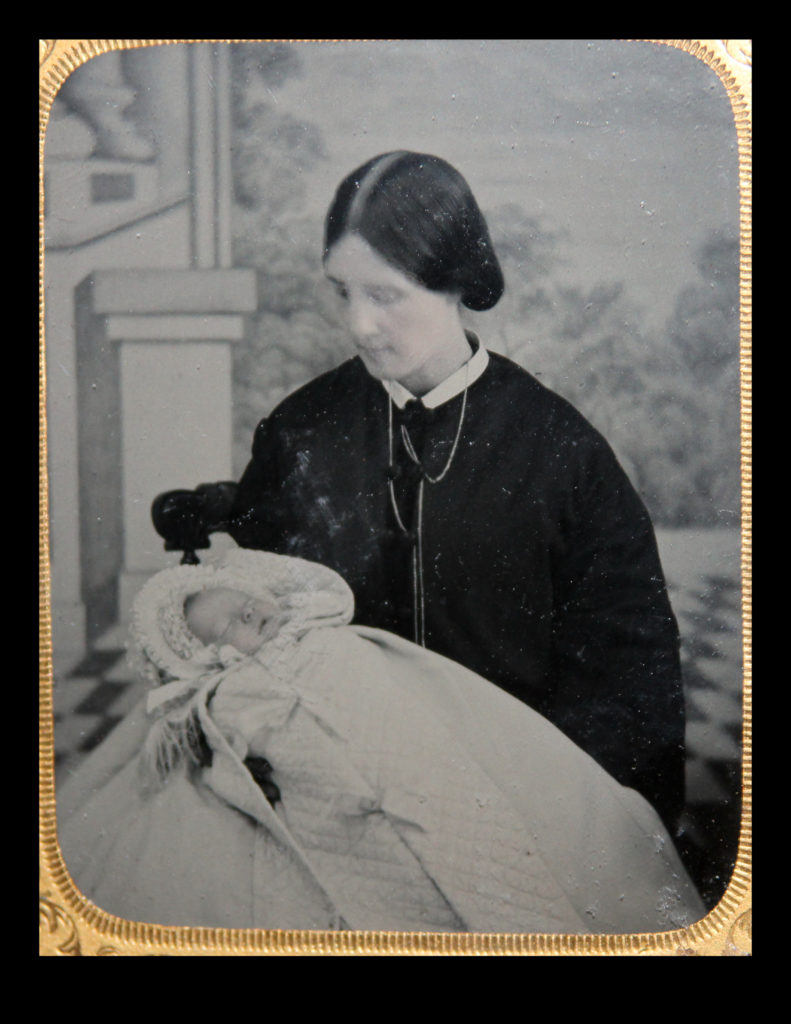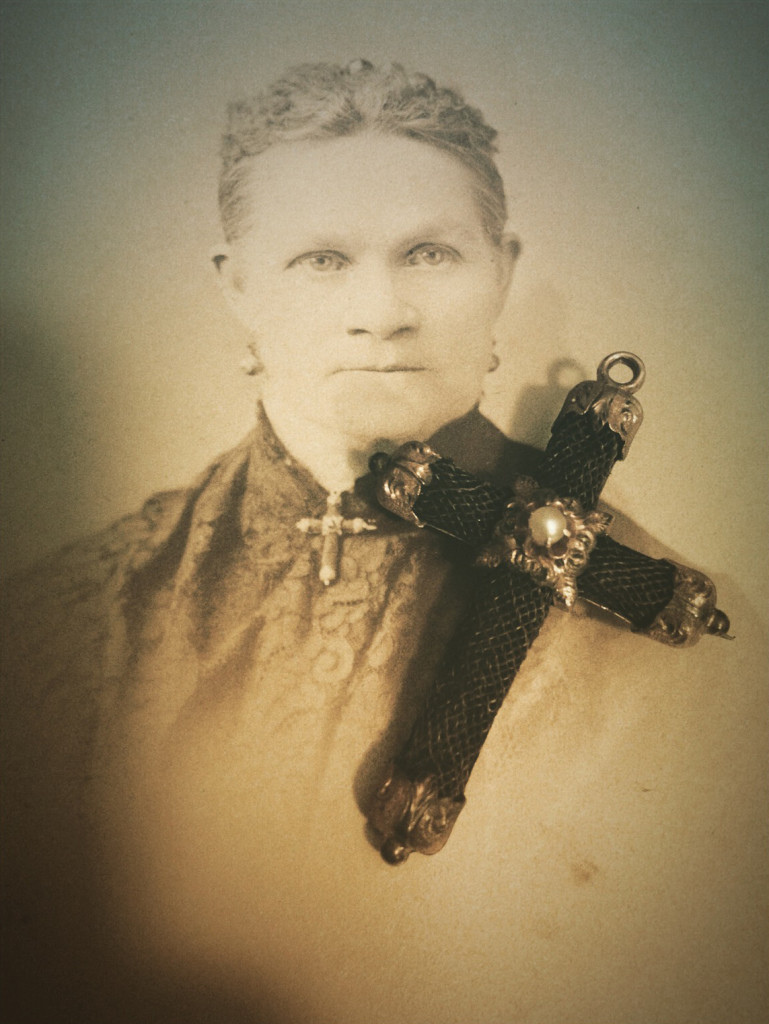Photography, Part 5

As print became affordable and accessible, items such as the Carte de visite and cabinet card were available with variations upon the post-mortem photograph. ‘Madonna’ images of the mother holding the deceased child, couples holding photographs of the deceased and more public cards showing the body of a famous person are all variations on the post-mortem photograph. One of the more interesting is the pre-mortem photograph, with the subject shown before death. This was an admittance of the mortality of the terminally ill by the family and these images are not prolific in the same way as their post-mortem counterparts. As soon as photography could be adopted as a viable means for mass print and accommodate customisation, memorial ephemera adopted the technology quickly. These often were images of the person in life, rather than in death, but the industry was large enough to adapt the photograph technology for different memorial purposes. Beginning in the 1860s, mourning (or funeral) cards are still used with personalised imagery today.
By the 1890s, post-mortem photography (as well as the mourning industry in general) was on the decline. Symbolism, such as the coffin, had replaced the body as the symbol of death and societies were distancing themselves from the image of death. Mortality rates were changing and the fact of death was evolving. Now, photographs were more inclined to show funeral arrangements or even the funeral itself. Perhaps the more melancholy imagery was that of the child’s empty shoes next to a memorial (though this was used during the height of post-mortem imagery as well). Post-mortem photography was kept until the early 20th century, yet more common were photographs of the deceased (while alive) used in memorials. The practice itself is a direct reflection of the family and incredibly personal to the family unit. Unlike jewellery or adhering to any form of mourning fashion to publicise the effect of mourning, the photograph held the memory of the person and should be seen as a powerful symbol of affection.






